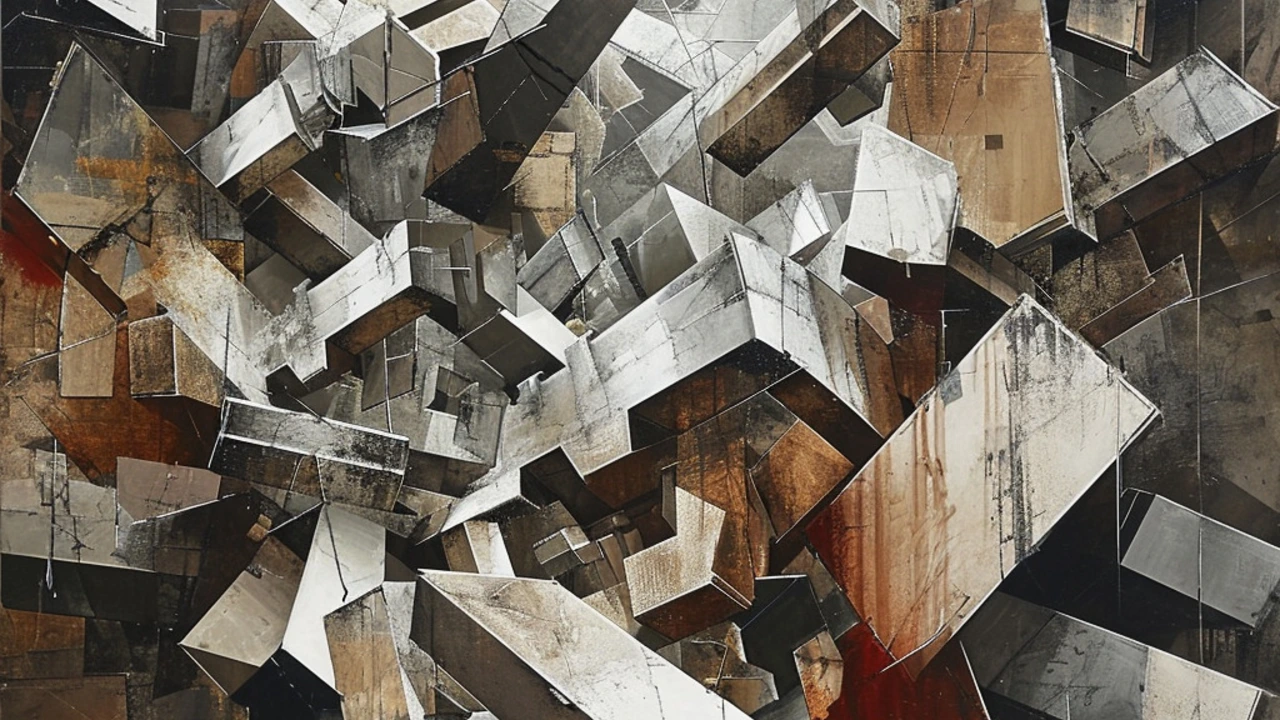Role of Deconstructivism in Modern Architecture
You don't have to love its chaos to admit deconstructivism reshaped how architects think about form and meaning. Emerging in the late 1980s, it broke the rules of symmetry, clear function, and predictable structures. Architects started treating buildings like collages: fragmented, tilted, and full of tension.
At its core, deconstructivism rejects the idea that form must follow function in a neat way. It favors fragmentation, non-linear lines, and surfaces that seem to collide. That creates visual drama and forces viewers to read a building as an idea, not just a shelter. Famous examples include Frank Gehry's Guggenheim Bilbao, Zaha Hadid's early projects, and Daniel Libeskind's Jewish Museum in Berlin.
What deconstructivism changed for designers
Designers learned to use advanced software and new materials to build shapes that would have been impossible before. Structural engineers became co-authors, not afterthoughts. The style pushed technology - curved steel, complex glass, and computer-modeled panels became tools to realize expressive forms. For clients and cities this meant more iconic landmarks and sometimes higher costs, but also new tourism and cultural identity.
Beyond looks, deconstructivism shifted how designers think about program and circulation. Interiors often avoid straightforward layouts, so architects had to rethink daylight, pathways, and accessibility. That opened fresh ways to create memorable public spaces, but also raised honest debates about usability versus spectacle.
How it influences other movements and everyday design
Deconstructivism's legacy shows up in smaller ways too. Retail facades, museum wings, and corporate lobbies borrow fractured forms and bold materials to stand out. Even brands use deconstructive visuals in logos and packaging to signal creativity and disruption. The movement also pushed educators to teach form as narrative, not just function.
Critics point out real problems: some deconstructivist buildings are costly to maintain, confusing to use, or isolate themselves from their context. Yet the critique is part of the role - it forces architects and clients to weigh drama against practicality. The debate keeps design honest and evolving.
If you're an architect or student, practical takeaways are clear: use deconstructive ideas selectively, test them with models and simulations, and always check how users will move through the space. If you love bold design as a viewer, look for how light, material, and angle create emotion - that's where deconstructivism works best.
Deconstructivism didn't end modernism so much as add a new toolset. It questioned assumptions, pushed tech, and widened what a building could say. You might find it controversial or brilliant - either way, its role in shaping today's skylines is hard to ignore.
Look for deconstructivist work in cities that embraced daring architecture. Bilbao is the obvious stop, but you'll also find examples in Berlin, London, Los Angeles, and Rotterdam. Museums, concert halls, and university buildings often take the risk because they want a strong public image. When visiting, notice how approach paths, plazas, and neighboring buildings interact with the odd angles - sometimes harmoniously, sometimes awkwardly. That interaction tells you whether the design succeeds beyond its photo appeal.
Curious? Check local architecture tours or university lectures to see how deconstructivism still shapes design thinking today regularly.

Revolutionizing Architecture: The Role of Deconstructivism
Hey there, my architectural aficionados! It's time to shake up those gray cells with some groundbreaking, mind-bending stuff called - wait for it - Deconstructivism! This is not your grandma's architecture, folks. It's a bold, rule-breaking rebel, tearing down the traditional norms and ideals of architecture to create structures that literally defy gravity and blow the socks off expectations. From Frank Gehry's dancing house in Prague to Zaha Hadid's dynamic designs, deconstructivism is the rockstar of the architectural world, twisting and turning our perception of space, function, and form. And let me tell you, it's as exciting as a rollercoaster ride on Mars. Totally worth exploring, right? Buckle up, and let's dive into this architectural adventure together!
Read more